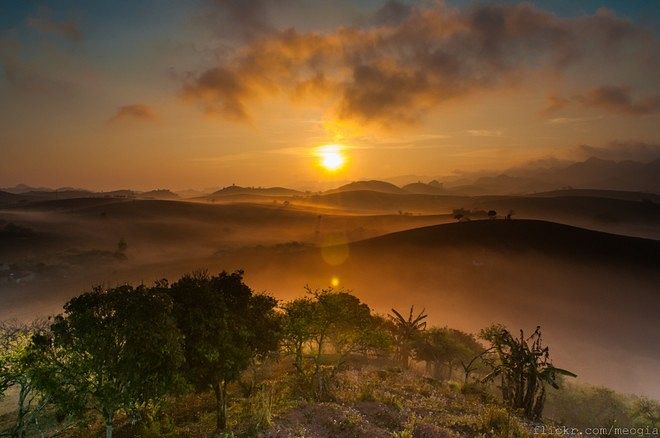Late last week, Smithsonian magazine announced its 21st Century Life List, giving a fancy name to what most of us call a “bucket list”. The lineup included several hair-raising experiences, from the world's fastest roller coaster to the world's deepest dive, an Antarctic music festival and a high-speed jaunt to the edge of space. But it was central Vietnam's Son Doong, the world's largest cave, that topped the list.
Related Articles:
- Unreal Drone And Timelapse Video Of Vietnam’s Son Doong Cave
- Walk Through Son Doong Cave With These Incredible 3D Panoramas
- Phong Nha-Ke Bang National Park Wins 2nd UNESCO Title
- 13 Amazing Photos Of Vietnam’s Son Doong Cave
Wide enough for a pair of jumbo jets and high enough to fit a skyscraper, Son Doong is five times the size of its next largest neighbor, Malaysia's Deer Cave, and houses a jungle, a river and several bizarre subterranean landscapes.
Though it's often featured in local media coverage, the cave, located in Phong Nha-Ke Bang National Park, is still relatively new to adventure seekers outside of Vietnam: more people have seen the summit of Everest than the inside of Son Doong, according to tour operators. It's not hard to believe, given that Son Doong only opened to visitors two years ago and a trip to the cave will set you back five days and US$3,000.
But while Son Doong remains a fascination to the rest of the world, its existence haunted one man for decades.
From the Smithsonian:
The cave entrance was discovered in 1991 – and promptly lost. Ho Khanh, a local man then in his early 20s, went to the national park in search of aloe, whose resin he planned to sell to perfume makers. After he hiked a dozen fruitless miles, rain clouds gathered and Khanh took cover.
“I sat down with my back to a huge boulder, then something strange happened,” he later recalled. “I heard the sound of a strong wind and running water coming from behind me.” Back at his village, Khanh’s report of his thrilling discovery was met with skepticism, which only increased after he failed to find it again. He became a kind of semi-tragic figure – the young man who dreamed he’d found a giant cave.
Nearly 20 years later, a team of British cavers recruited Khanh to search for the legendary entrance. They made three expeditions, and found many caves, but not Khanh’s great pit. Finally, he returned to the jungle once more in 2009. “I stopped by a big boulder,” he said. “There was the same strong wind, the sound of water running – I knew I’d found the cave at long last.”














